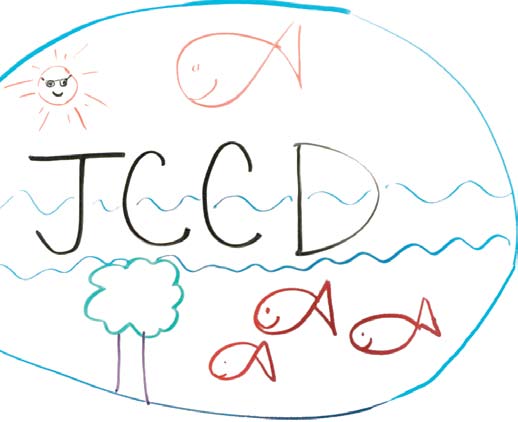

A good strategy for cleaning up the Chesapeake Bay is to first clean up all the rivers and streams that flow into it. The Bay’s watershed, or “reach,” extends miles beyond the shoreline and includes all the streams and waterways flowing through Baltimore—including East Stony Run, a picturesque babbling rill that is a central landscape feature on the university’s historic Evergreen property. The stream provides unique challenges and opportunities for cleanup efforts.

“If you look on Google Maps, half the stream on the property flows through a manicured lawn, and the other half is undeveloped,” notes Department of Geography and Environmental Engineering professor Peter Wilcock. The city is already engaged in rebuilding the culvert that carries the water flowing out of the property under Charles Street and has been extensively monitoring the water quality of the Stony Run for some time, creating, says Wilcock, a perfect opportunity. “We want to see if we can figure a way to reduce sediment and nutrient loading to the Bay coming out of this property.”
Wilcock’s one page charge to his class: Find the most cost-effective way to restore East Stony Run to health. Team members Colin Beck, Daniela Martinez, Jasmine Serlemitsos, and Carol Zuerndorfer were charged with considering the history, location, aesthetics, and water chemistry of the stream in crafting a comprehensive plan of action. “What they are now calling ‘stream restoration’ is such a new field that almost all the literature is still very recent,” says Serlemitsos, spokesperson for the group. “So starting out we didn’t have much to go on.”
Of chief concern is the overabundance of nutrients—primarily nitrogen and phosphorus— that enter streams largely though rain water runoff. Phosphorus is typically removed from water by settling sediment and letting it “fall out” of the water. Denitrification, on the other hand, is a more complicated process that requires standing water and a carbon source, usually from decaying plants. These conditions permit an anaerobic process to occur in which bacteria convert nitrogen in the water to its gaseous forms, which escape into the atmosphere.

“After looking at the history and current condition of the East Stony Run, we concluded there were four possible courses of action,” Serlemitsos says. “We could do nothing; re-route the stream through a pipe or culvert; try spot-treating it only in certain places; or spend hundreds of thousands of dollars on a full-scale restoration that would include lowering the banks of the stream, reintroducing native species, and creating marshy areas of standing water for denitrification.”
In the end, the group decided a full-scale excavation of the stream was unwarranted, instead opting for spot treatments to prevent erosion and encourage some denitrification. “The challenge in this field is trying to figure out how to measure success,” Serlemitsos says. “If you build a building and it falls down, everyone knows. But if you set out to restore a watershed, how do you know when it works? Our spot treatment plan is not conventional. It’s a little out there.”
Team sponsor: Baltimore City Department of Public Works




